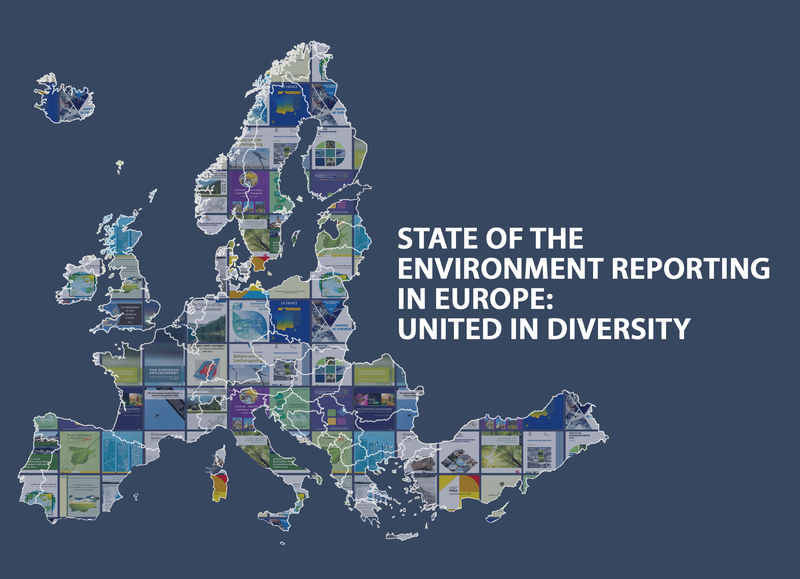All official European Union website addresses are in the europa.eu domain.
See all EU institutions and bodiesState of Environment reporting in Europe provide targeted environmental information and knowledge for decision-makers, the civil society and beyond. European and national reports vary in character, form, content and publication frequency enabling to address environmental issues in the most effective way as shown by infographics for the EEA and 26 Eionet countries.
For the European Environment Agency (EEA), the publication of ‘The European environment – state and outlook (SOER) 2020’ marked 25 years of SoE reporting and contribution to EU environmental policy. For the occasion, the EEA, together with the Eionet has co-created a specific infographic representing key EU, EEA and UN milestones that impacted the development of SOER 2020, as well as improvements in the content, methodology and outlook for future developments of SoE reporting. Inspired by - and following the same logic of this overarching infographic - 26 Eionet countries prepared their own infographics, tailored to their national SoE reporting advances.
These infographics and the 4 narratives presented on this web page provide a comprehensive overview of the history and development of environment reporting in Europe, and underline their diverse features.

Acknowledgements: The infographics on State of the Environment reporting are co-created by the National Reference Centres for State of the Environment reporting (NRC-SoE) that are part of the European Environment Information and Observation Network (Eionet) and the EEA as part of the SOER 2020. Support was provided by the European Topic Centre on Sustainable Consumption and Production (ETC/SCP). Kees Schotten (EEA) was responsible for the overall coordination.
